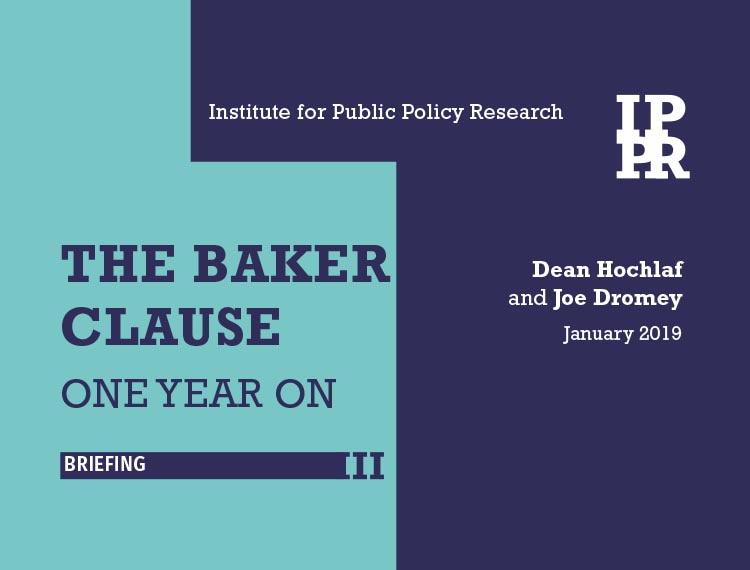What can be done to improve compliance with the Baker clause?

The Baker clause: One year on
In recent years, there has been an increasing focus on the need to improve the technical education system in England.
Successive governments have recognised the importance of a high-quality technical route to ensure that all young people can achieve their potential, and to ensure that the next generation of young people entering the workplace are equipped with the skills they need to succeed in the economy of the future.
Over the last few years, the government has acted not only to improve the quality of technical education, but also to ensure that it is recognised as equally valid and important as traditional academic routes.
Building on the recommendations of the Sainsbury Review, the government introduced the Technical and Further Education Act 2017. Incorporated into the act is an amendment proposed by the former education secretary, Lord Baker.
Having come into effect on 2 January 2018, the new law, commonly known as the Baker clause, stipulates that schools must ensure that a “range of education and training providers” have access to pupils from year 8 to year 13, so that they can be informed about what technical education and apprenticeship opportunities are available to them.
However, there has been growing concern that compliance with the legislation has been poor. One year on from the introduction of the Baker clause, this report explores the impact of the new legislation.
It sets out what can be done to improve compliance with the Baker clause and to deliver on the aspirations of the legislation by ensuring that all young people understand the range of options and can make the right choices that reflect their passions, skills and aspirations.
The Baker Clause requires schools to ensure that pupils have the opportunity to speak to further education providers about post-16 options.











Responses